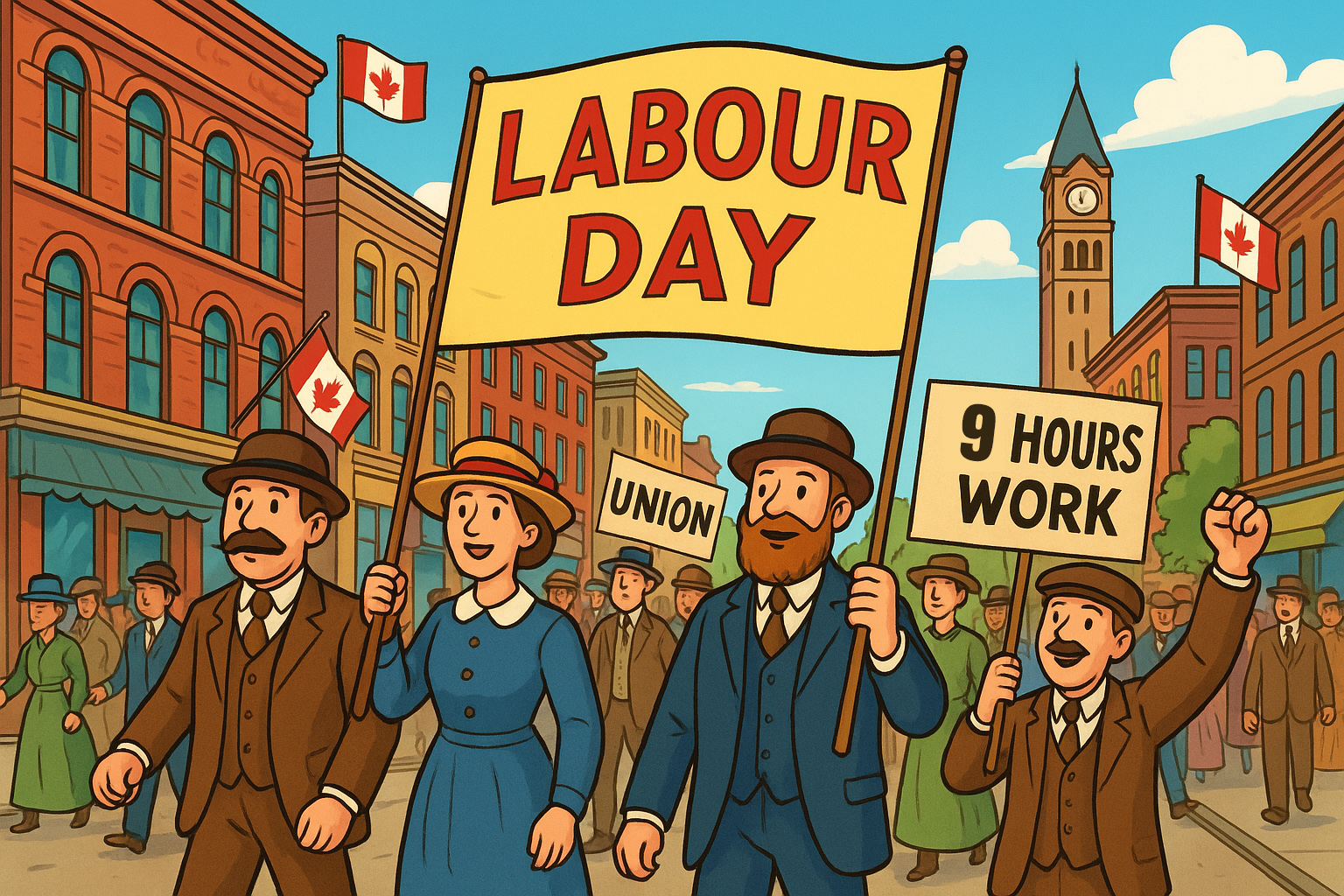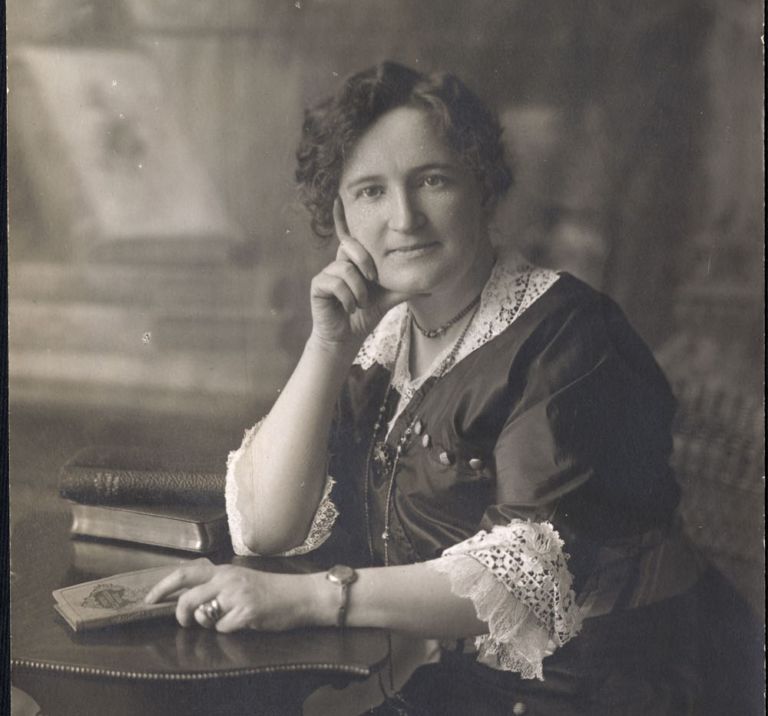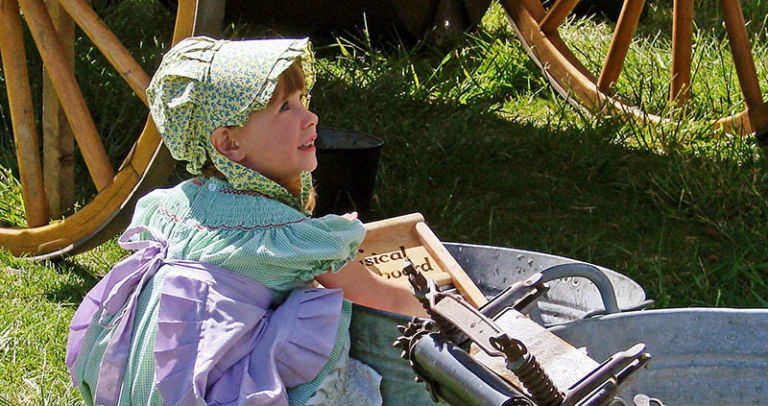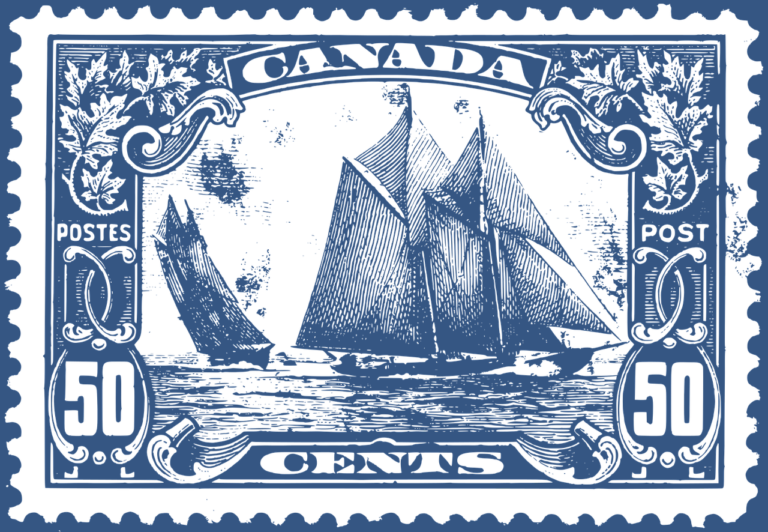Celebrate Fairness – History of Labour Day
A long time ago, in the 1870s, workers in Canada didn’t always have fair hours or safe jobs. In Toronto, a group of printers who worked for newspapers decided they wanted something better—a workday that was only nine hours long instead of ten to twelve hours per day.
When the leaders of this group were arrested because old laws said unions weren’t allowed, thousands of people marched together to protest. Their voices were so strong that Prime Minister John A. Macdonald changed the law to protect workers’ unions. This was a big win for fairness.
Soon, parades were held every year to celebrate these victories. These gatherings spread across Canada and reminded everyone of the importance of standing together. Inspired by workers in the United States too, people in Canada wanted their own special holiday to honor workers.
In 1894, Prime Minister Sir John Thompson’s government made it official: Labour Day would be a national holiday, celebrated on the first Monday of September.
Today, Labour Day is more than just a day off school or work. It’s a time to remember the workers who fought for shorter hours, fair pay, and safer workplaces—and to think about how we can keep making things better for everyone.
The history of the Labour movement in Canada is part of our high school Canadian history course.








